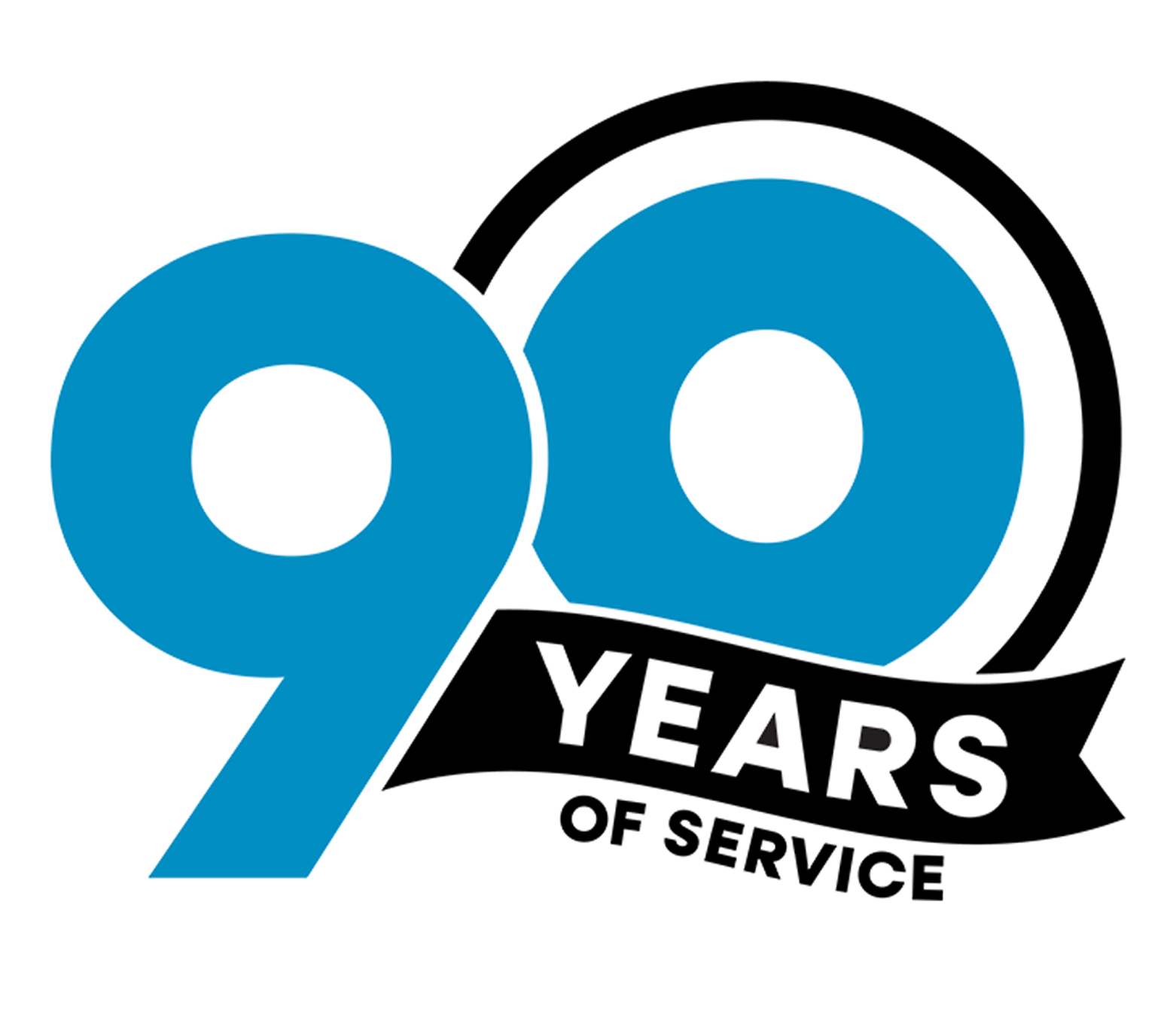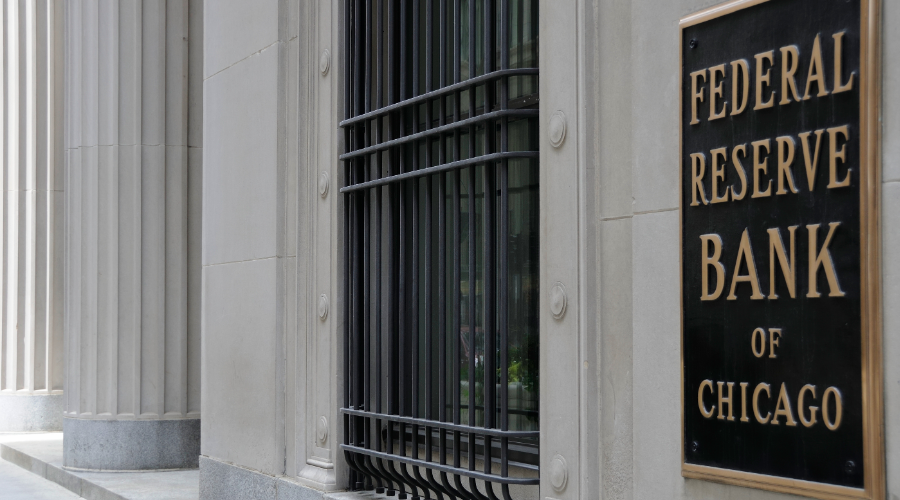Bank holidays are official days when many businesses—especially banks, credit unions, and government offices—are closed. There are about a dozen of them annually, including Indigenous Peoples’ Day, which is observed on the second Monday of every October (which is October 14 for the year 2024). Here’s a breakdown of how these holidays work and some tips for how to prepare.
The History of Bank Holidays
In the United States, the term “bank holiday” has its earliest ties to the Great Depression. In response to widespread panic and bank failures, President Franklin Roosevelt declared the first bank holiday on March 6, 1933—just days after he took office. The action, which temporarily closed all banks in the country, was intended to prevent further bank runs and allow the government time to assess the stability of the nation’s financial institutions.
That bank holiday lasted four days, during which Congress passed the Emergency Banking Act to help restore confidence in the banking system. The event was a significant turning point in American finance, and it laid the foundation for modern banking regulations.
What Are Federal Holidays?
The U.S. Federal Government recognizes 11 federal holidays. On these days, most government offices (including the post office, libraries, schools, and financial institutions) are closed. Employees working for federal and state governments also typically get the day off.
The first four congressionally designated federal holidays—New Year’s Day, Independence Day, Thanksgiving Day, and Christmas Day—were adopted in 1870 to give federal workers in Washington, D.C., the day off. In 1880, George Washington’s Birthday/President’s Day was added to the holiday roster. In 1885, Congress extended holiday closures (for some holidays) to all federal employees. Thanksgiving Day was included in the holiday bill of 1870, but it was not specifically designated as the fourth Thursday of November until 1941.
Since 1888, Congress has added seven federal holidays, Memorial Day (1888), Labor Day (1894), Armistice/Veterans Day (1938), Inauguration Day (which is only celebrated quadrennially in D.C.), Columbus Day (1968), Martin Luther King Jr.’s birthday (1983), and Juneteenth (2021). In 2021, the White House officially designated the second Monday in October to be Indigenous Peoples’ Day. It is celebrated simultaneously with (or as an alternative to) Columbus Day.
What’s the difference between bank holidays and federal holidays?
There is generally no difference between bank holidays and federal holidays. At most financial institutions (including Maps), the holiday calendar aligns with the Federal Reserve Holiday Calendar. However, at Maps, we also include Christmas Eve.
Depending on your state, bank, or credit union, there may be a few bank holidays that are not federally observed. For example, some banks are closed the day after Thanksgiving (a.k.a. Black Friday). Also, in some states, banks are closed on Election Day, Cesar Chavez Day (March 31), and Easter Monday.
How to Prepare for a Bank Holiday
To prepare for upcoming bank and federal holidays, mark the dates in your calendar. Here are some tips to make sure you’re ready:
1. Plan Your Payments Early
If you have bills due around a holiday, pay them a few days early. This ensures your payment will be processed on time and helps you avoid late fees.
2. Withdraw Cash in Advance
Need cash? Visit a branch or ATM a day or two before the holiday. While our CO-OP ATMs are available 24/7 (even on bank holidays), you may only withdraw up to $400 (if there are sufficient funds in your account) each day.
3. Schedule Direct Deposits
If you’re expecting a paycheck through direct deposit, check when it’s supposed to arrive. Payments occasionally get delayed or moved up if they fall on a holiday. If this is a concern, talk to your employer to see if adjustments can be made. In most cases, we will make your direct deposit available as soon as we receive your payment information from your employer—often up to two days early!
4. Use Online Banking
Even if the credit union is closed, you can access your accounts online. No matter the day or time, you can check your balances, transfer funds, and pay bills using online or mobile banking. Just remember that some transactions (like check deposits) might not be processed until the next business day.
5. Contact Us Early
Need to resolve a problem or ask a question? Call our Contact Center before the holiday. The Contact Center will be closed along with other branches and offices on bank holidays.
Maps Holidays to Keep in Mind
Here’s a list of holidays when you can expect Maps Credit Union branches and offices to be closed.
- New Year’s Day (January 1)
- Martin Luther King Jr. Day (third Monday in January)
- Presidents’ Day (third Monday in February)
- Memorial Day (last Monday in May)
- Juneteenth (June 19)
- Independence Day (July 4)
- Labor Day (first Monday in September)
- Indigenous Peoples Day (second Monday in October)
- Veterans Day (November 11)
- Thanksgiving Day (fourth Thursday in November)
- Christmas Eve (December 24)
- Christmas Day (December 25)
In general, we follow the holiday schedule observed by the Federal Reserve Bank. That said, holidays falling on a Saturday are typically observed on the preceding Friday. Holidays falling on a Sunday are normally observed the following Monday.
What If You Forget to Plan?
Don’t panic if you forget to plan. You can still:
- Use ATMs: Even when our branches and other banks are closed, most ATMs (including our 30,000 CO-OP ATMs) are still operational.
- Access Mobile Apps: Our online banking and mobile app are available seven days a week, 24/7. Once you establish a profile, you can check your balance, transfer money, and pay bills. Just remember that processing in some banking systems might be delayed until after the holiday.

